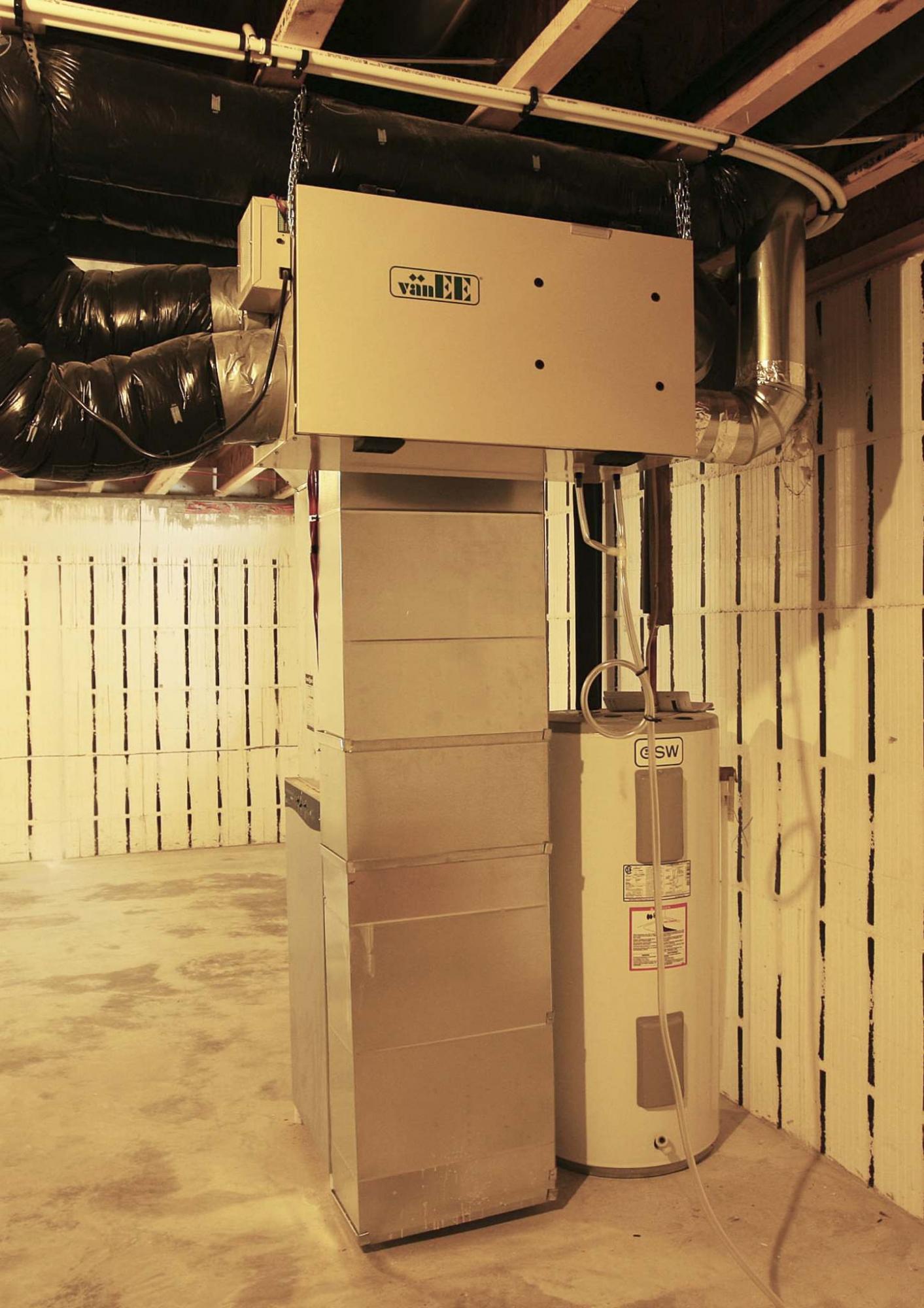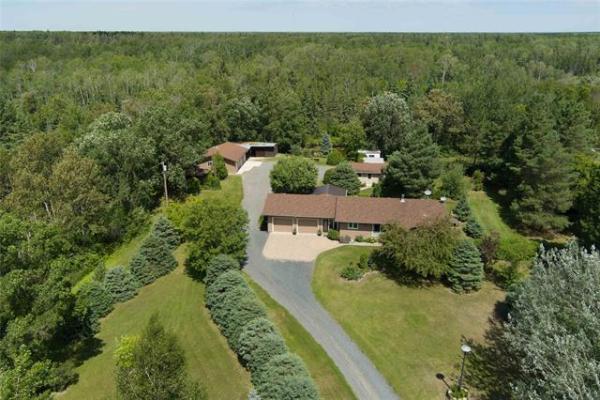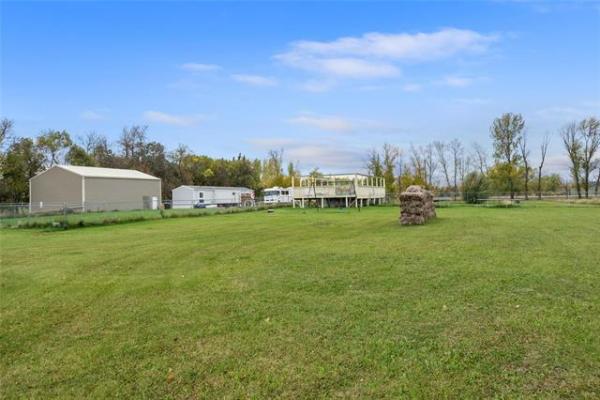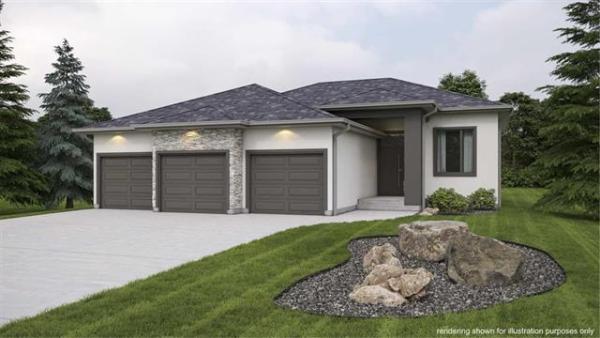
KEN GIGLIOTTI / WINNIPEG FREE PRESS FILES
Finding the cause of noisy air ducts may require detailed inspection and adjustment by a qualified service technician.
Question: I noticed you offer good advice about furnaces and I have asked an HVAC person this question, with no solution. The problem of a booming furnace still exists and perhaps you can help.
I have a small, older home with only one cold-air return planted in the middle of the home, near the chimney. When the furnace kicks in, it has a loud boom. In the back of my head, I think the reason is because the cold-air return is not getting enough air to get the furnace started. There is a shelf unit over the cold-air return, which allows about two inches of space.
Is that enough? Or should the shelf unit be raised, or a fan set up to blow more air into the vent? I would appreciate any help you can give me.
— Shirley Wagner
Answer: Problems with noisy heating, ventilation or air-conditioning (HVAC) systems can be somewhat difficult to diagnose and remedy. Your noise issue appears to be a simple one with the ducts, but also may have more insidious causes, which can be trickier to pinpoint.
Complaints from homeowners about problems with heating and cooling of homes, especially older ones like yours, are among the most common. Most of these issues are related to insufficient or inconsistent heat, but noise complaints may be a close second. The problems with fixing a noise issue are that the noise may not always be present when a service person is in the home, or much of the ducting may be hidden from view. Uncovering the root of this issue will likely require opening up the basement ceiling, floors or walls. Most HVAC technicians will not be willing or skilled enough to open some of these areas, so finding the problem may be a bit of hit-and-miss situation.
There is a possibility that your limited return air registers could be causing a substantial pressure differential between them and the warm-air ducts when the furnace blower starts up, but that should not cause any unusually loud banging noises. It may cause some ducts and registers to have worse airflow than others, but the noises are likely due to other issues. Even with a large air-pressure imbalance at that point in the heating cycle, the ducts should not make loud noises, unless they are poorly secured. That should be the first thing to suspect and to check, unless the ducts are mostly covered.
Forced-air heating ducting is normally made of rectangular or round sheet metal, typically galvanized steel, which is secured to floor joists and wall studs with metal bars and/or fasteners. The return air ducts may be of similar construction, but also may comprise a single piece of sheet metal fastened to the underside of the floor joists, utilizing the joist cavities, and some wall cavities, as ducts. While both of these can be quite durable and strong, they may not be well-fastened to the house framing, or may have come loose over time. If they are not well-secured, they can move substantially when the furnace blower engages. The banging is likely the result of this movement, due to loose or poorly secured ducts, but could also be due to the composition of the ducts, or thermal expansion with changes in temperature.
Because the ducts are thin sheet metal, with numerous joints, connections and fasteners, they may be subject to forces that cause them to move. The most common cause of a sudden banging noise is buckling of the duct in the middle. This is due to sudden pressurization of the ducts, but is usually because the duct is of substandard quality, is not pleated or is poorly supported. It may have come slightly loose from its supports, or the crimps at the joints may have loosened over time.
The first solution is to try and reinforce the large, flat surface area of the ducts to prevent them from buckling. This may be done with additional metal support brackets or some other method to strengthen the duct surface. Unfortunately, if the offending ducts are buried inside a wall cavity or basement ceiling, tearing open the covering material may be required to gain access. Once exposed, the ducts may be reinforced, or loose fasteners re-secured, to minimize movement when air is forced through. Listening at various areas of the home when the furnace fan engages may be required to pinpoint the specific ducts causing the offensive noise.
If the previous solution is not practical, another, less desirable option may be available. Especially if you have upgraded your furnace, the blower may provide much more strength and velocity to the circulating air than the previous unit. This could cause additional vibration of the ducts, where minimal amounts were previously noted. Fortunately, many newer furnaces have multi-speed blowers. Asking your heating contractor to adjust your furnace blower to a lower speed or change the speed sequencing may make a big difference. If the blower engages at maximum speed, the large air-pressure change in the ducts may cause sudden vibration or buckling of the old ducts, often with a bang or boom sound. If the blower starts out at a slower speed, and then reaches a higher velocity at a later time, it may more gradually change the air pressure in the ducts, minimizing or eliminating the noise.
Figuring out the exact cause of the noisy heating ducts in your home may require some demolition of walls or ceilings for more detailed inspection. Once less obvious causes are ruled out, reinforcing or securing the ducts may minimize or eliminate the offensive noises once and for all.
Ari Marantz is the owner of Trained Eye Home Inspection Ltd. and the past president of the Canadian Association of Home & Property Inspectors — Manitoba (cahpi.mb.ca). Questions can be emailed to the address below. Ari can be reached at 204-291-5358 or check out his website at trainedeye.ca.
trainedeye@iname.com



